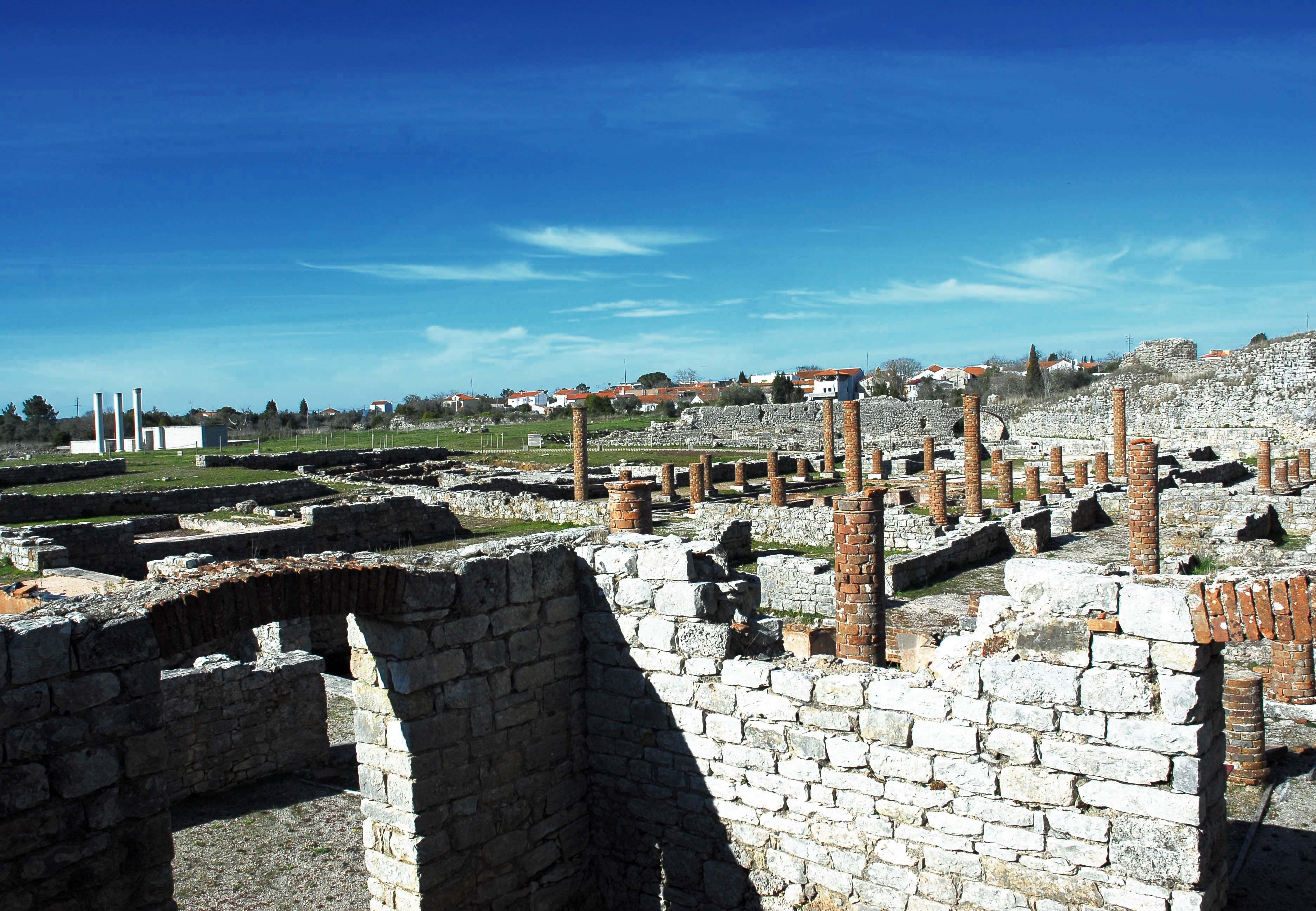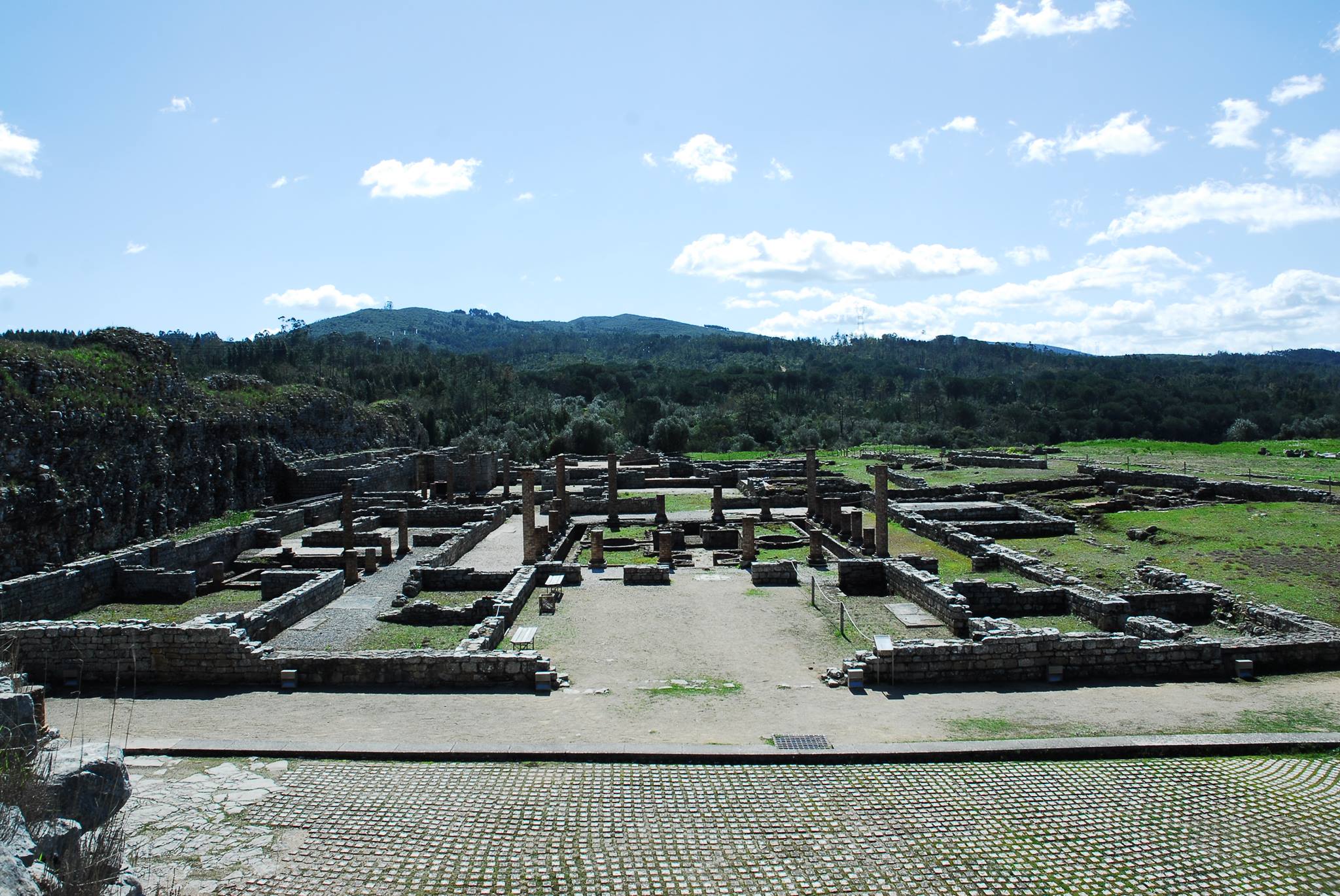Inaugurated in 1962 as the Conímbriga Monographic Museum, it was classified as a National Museum in 2017. The museum space roughly corresponds to the area of the old city of Conímbriga (only partially musealised), integrating the ruins, both the excavated part and the archaeological reserve, the Museum and some surrounding spaces.
Archaeological research preceded the creation of the Museum. A long research process began in the nineteenth century and was consolidated in the twentieth century, especially after the classification of the archaeological site as a National Monument in 1910.
The Conimbriga National Museum mission is to protect the ruins, promote their exposure to the public and continue archaeological research. The collection consists of archaeological materials collected in this town and the current permanent exhibition features objects of daily use, evokes the monumental forum, the richness of the several domus, the strength of their trade, and the religion and beliefs of the Romanized population and the Suevo-Visigothic presence. The mosaics preserved in situ and Casa dos Repuxos, featuring a mosaic paved area, important traces of mural painting and a central landscaped peristyle with a lake and water games stand out here.
The ruins of the Roman town of Conímbriga have been known since the 16th century. In 1873, the Institute of Coimbra created a section and a Museum of Archaeology and started studying Conímbriga. In 1899, the first major surveys, the design of the oppidum plan and the first mosaic surveys were carried out. From 1929, systematic excavations began in Conímbriga, driven by the hosting of the XI International Congress of Anthropology and Prehistory. The results motivated the State to acquire most of the land in 1930. In the 1940s and 1950s, works were carried out to rebuild and consolidate the ruins, especially the mosaics.



